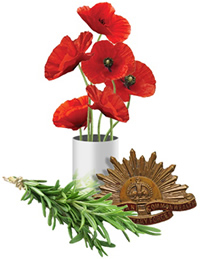- Banned
- #1
Has anybody been to the Spirit of Anzac travelling Exhibition at the Wayville Showgrounds?
I highly recommend it. You've got 1 week left
If you have been... the digger in the foxhole/trench exhibit was astounding.
You must book free tickets online before you go, where you can choose a timeslot.
Coffee beforehand was pretty good too.
I highly recommend it. You've got 1 week left
If you have been... the digger in the foxhole/trench exhibit was astounding.
You must book free tickets online before you go, where you can choose a timeslot.
Coffee beforehand was pretty good too.





